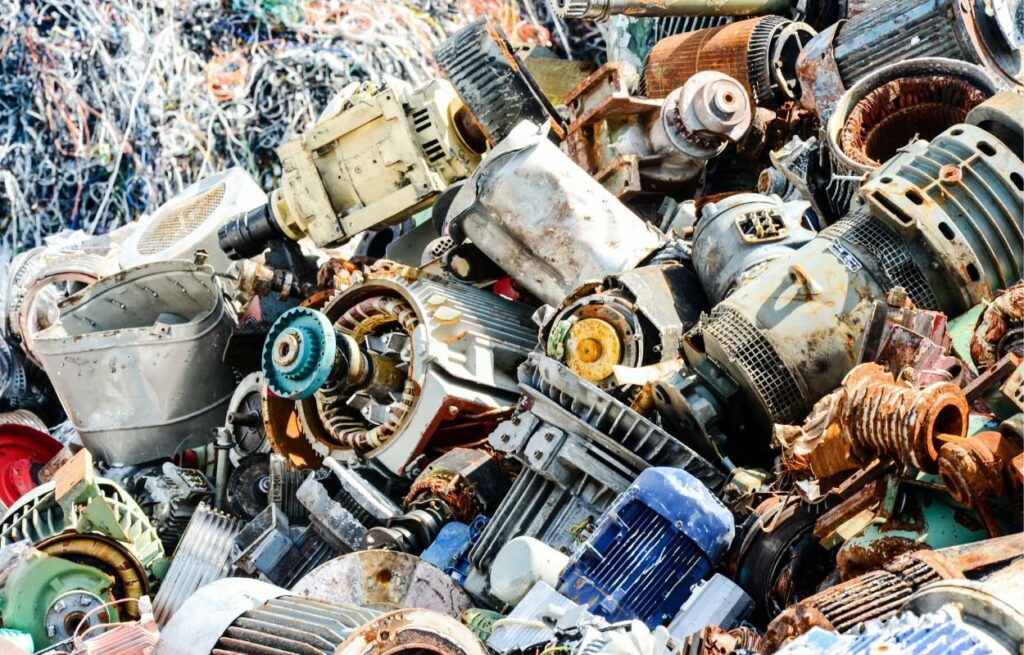
Deconstruction is a fantastic way to reduce waste and give old materials a second life. Instead of demolishing a building and sending everything to a landfill, deconstruction allows workers to carefully take apart structures so that materials can be reused or repurposed. It’s a great option for homeowners and businesses that care about sustainability.
However, not everything in a building can be salvaged. Some materials just aren’t suitable for reuse, no matter how carefully they are removed. Understanding why can help you plan your project better and set realistic expectations. Let’s take a closer look at some of the reasons certain materials don’t make the cut.
CONTAMINATED MATERIALS CAN’T BE REUSED
One of the biggest reasons materials can’t be salvaged is contamination. Over time, certain substances can make materials unsafe or unusable. For example, wood or drywall exposed to mold, mildew, or pests can pose health risks. No one wants to install moldy wood in a new project, and pest-damaged materials could lead to further infestations.
Lead-based paint is another major issue. Many older buildings still contain materials painted with lead-based products, which can be hazardous, especially when disturbed. Asbestos is also a huge concern. This material was once commonly used in insulation, flooring, and ceiling tiles, but we now know it can be harmful to human health. Regulations require special handling and disposal of materials containing asbestos, making them unfit for salvage.
MATERIALS THAT ARE TOO DAMAGED TO REUSE
Age and condition play a big role in whether something can be salvaged. Materials that have been in place for decades may be too worn out to reuse. For example, old roofing shingles take a beating from the elements. They become brittle, warped, or cracked, making them useless for another project.
Drywall is another material that often doesn’t survive the deconstruction process. It’s fragile and breaks apart easily. If it’s been exposed to water damage, it’s even worse. Water-damaged drywall loses its structural integrity and can develop mold, making it unsafe to reuse.
Flooring materials, like carpet and laminate, also tend to have a short lifespan. Even if they look okay on the surface, years of foot traffic, dirt, and stains make them less desirable for reuse. Glue and adhesives can also make it difficult to remove some flooring materials without destroying them in the process.
SOME MATERIALS ARE TOO HARD TO REMOVE INTACT
While deconstruction is all about careful removal, some materials are just too difficult to take out without breaking them. For example, tiles—whether they’re on the floor, walls, or countertops—are often installed with strong adhesives or mortar. Trying to remove them usually results in breakage, making them unsuitable for reuse.
Another example is drywall that has been heavily screwed, nailed, or glued into place. While it’s possible to take it down in large sections, most of the time, it crumbles or cracks, leaving nothing salvageable.
Built-in cabinetry or custom millwork can also be tricky. While high-quality wood cabinets might be worth salvaging, lower-end versions made from particle board or MDF often break apart when removed. These materials don’t hold up well to moisture and tend to deteriorate over time, making them less appealing for reuse.
OUTDATED OR NON-STANDARD MATERIALS MAY NOT HAVE A MARKET
Even if a material is in good condition, it still might not be reusable if there’s no demand for it. Construction standards and design trends change over time. A material that was common 50 years ago might not meet today’s building codes or design preferences.
For example, electrical and plumbing components often become obsolete. Older wiring might not be up to code, and outdated plumbing fixtures may not work with modern systems. Similarly, certain types of windows and doors may no longer be energy-efficient, making them less desirable for reuse.
Some materials, like oddly sized lumber or custom-made pieces, can also be hard to repurpose because they don’t fit standard construction dimensions. While creative reuse is always an option, finding a buyer or someone who needs an unusual piece can be a challenge.
HAZARDOUS OR REGULATED MATERIALS MUST BE DISPOSED OF
In addition to contamination concerns, some materials are considered hazardous or require special disposal. Asbestos, as mentioned earlier, falls into this category. So do certain types of treated wood, such as railroad ties or pressure-treated lumber. These materials are often treated with chemicals to resist rot and pests, but the same chemicals can make them unsafe for reuse.
Insulation is another tricky material. Fiberglass insulation, for example, tends to degrade over time, and once it’s removed, it’s difficult to reinstall properly. Blown-in insulation is even harder to salvage because it’s loose and not in a reusable form.
Some paints and finishes also contain harmful chemicals. If a material has been painted or coated with something toxic, it may not be safe to reuse, especially indoors.
WHAT DOES THIS MEAN FOR YOUR DECONSTRUCTION PROJECT?
If you’re planning a deconstruction project, knowing what can and can’t be salvaged will help you set realistic expectations. While many materials can find a second life—like lumber, bricks, fixtures, and hardware—some things just aren’t worth saving. This doesn’t mean your project won’t be sustainable; it just means that proper disposal and recycling will also play a role in reducing waste.
That’s where hiring professional deconstruction services in Port Alberni can make a difference. A skilled team knows how to identify salvageable materials, remove them carefully, and ensure that anything that can’t be reused is disposed of properly. They’ll also help you maximize the amount of material you can repurpose, donate, or recycle.
If you’re interested in making your deconstruction project as eco-friendly as possible, working with experienced professionals is the way to go. They’ll help you navigate the challenges, ensuring that as much as possible gets a second life while handling the rest in the most responsible way.
Whether you’re tearing down an old house, remodeling a commercial space, or clearing out a structure for a new build, deconstruction is a smart and sustainable choice. While some materials can’t be salvaged, many can, and that’s a big step toward reducing waste and making the most of our resources. For expert help with your project, consider reaching out to deconstruction services in Port Alberni to make sure everything is handled efficiently and sustainably.




